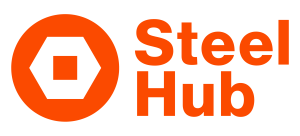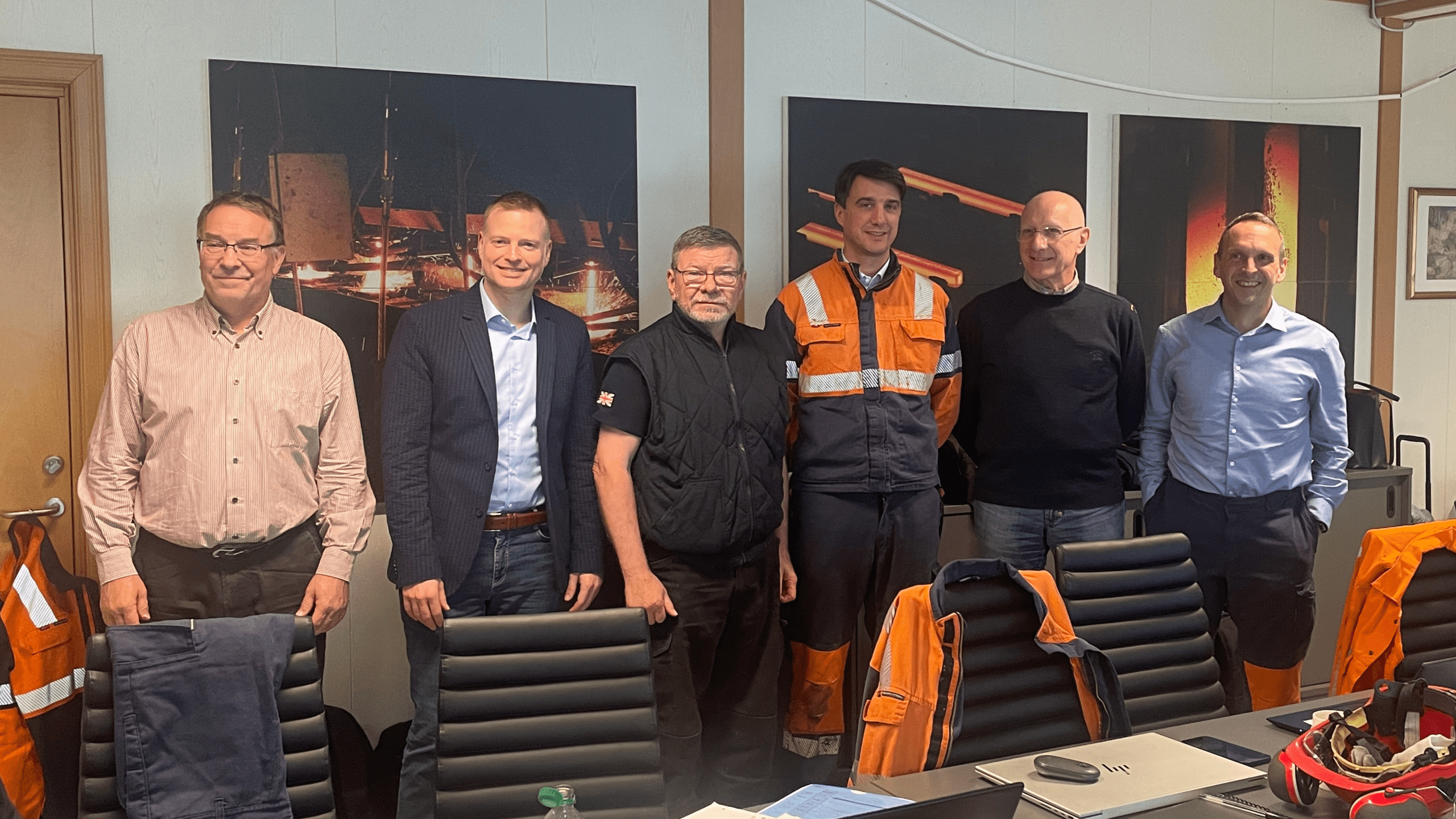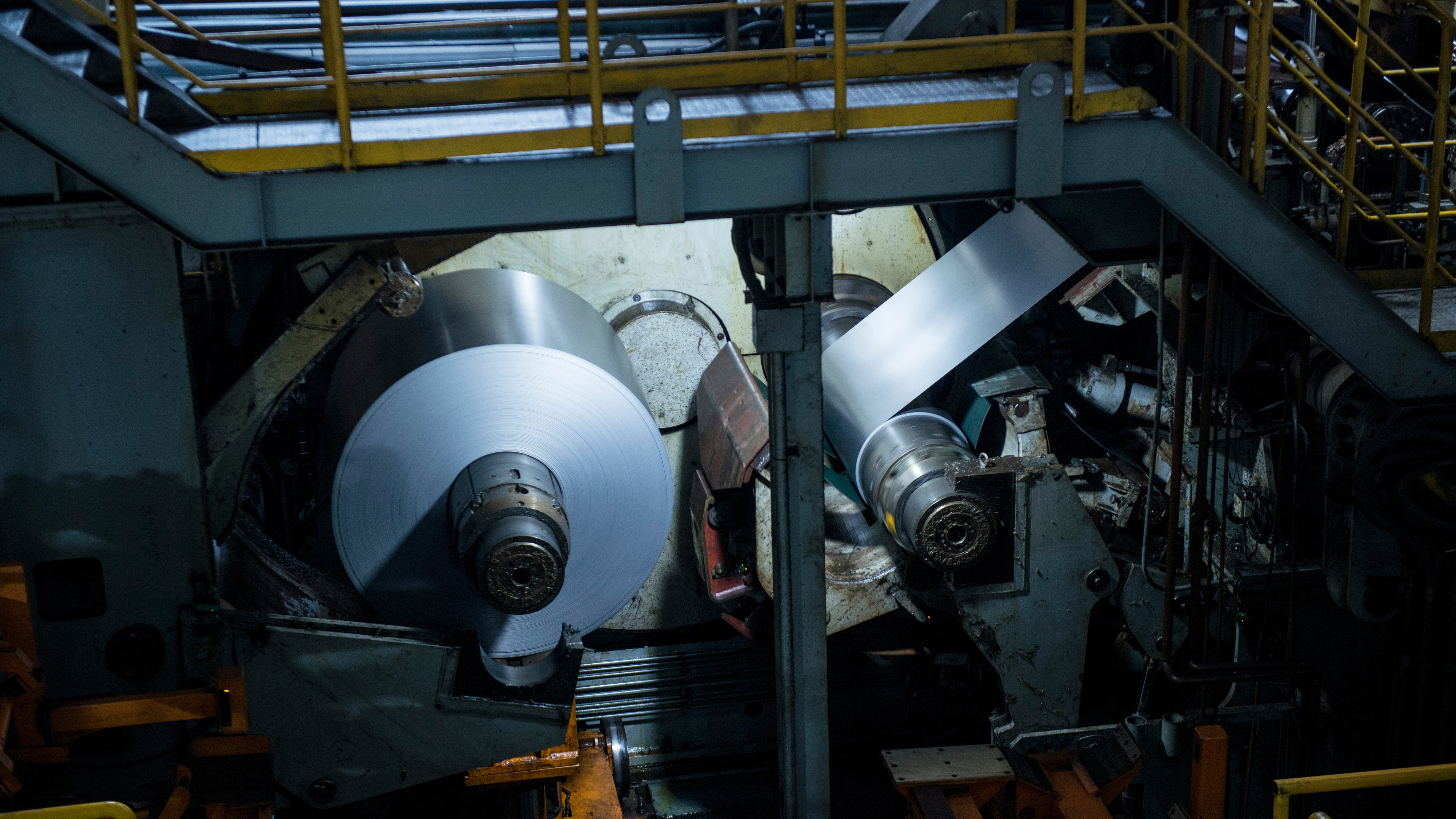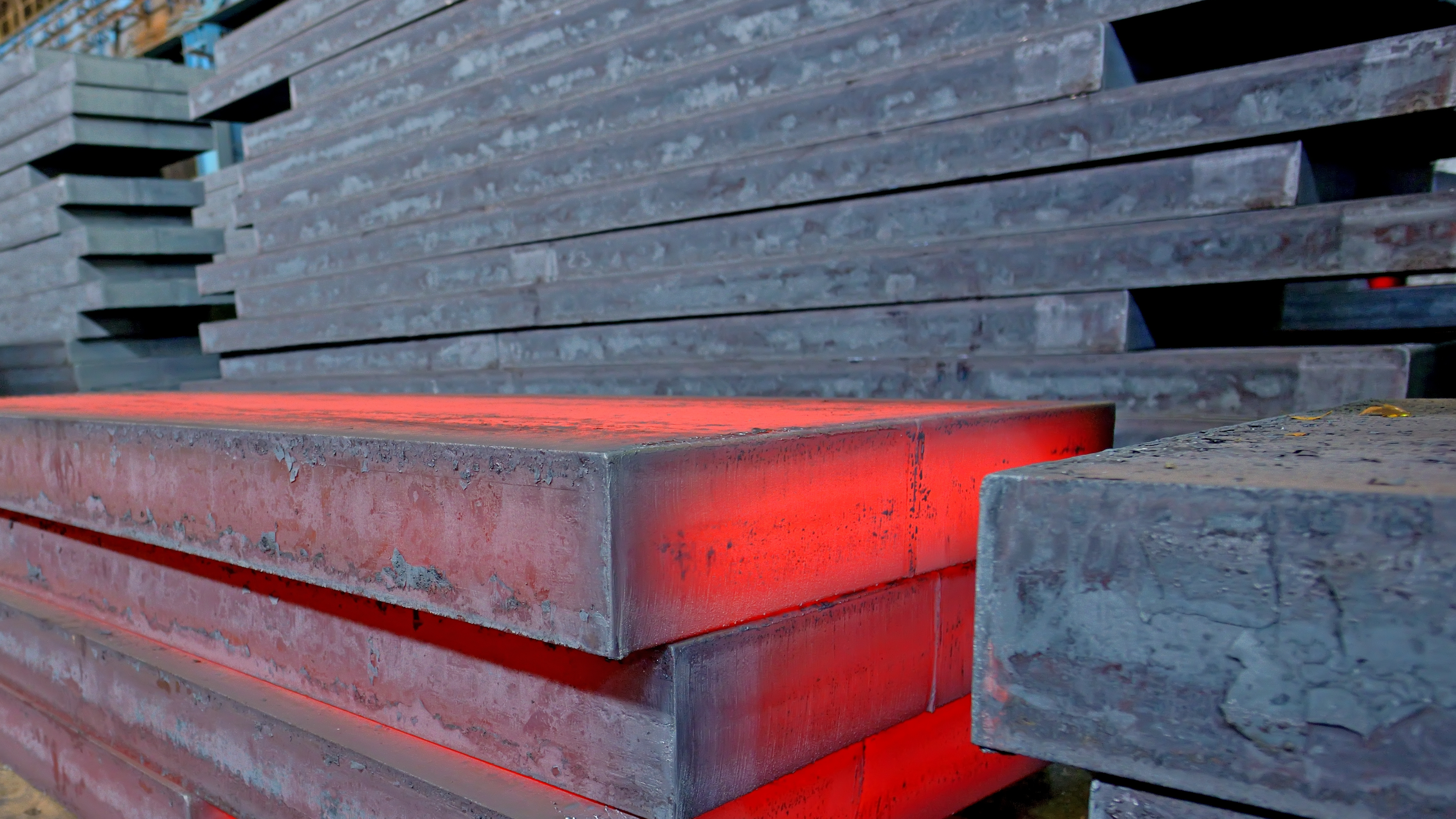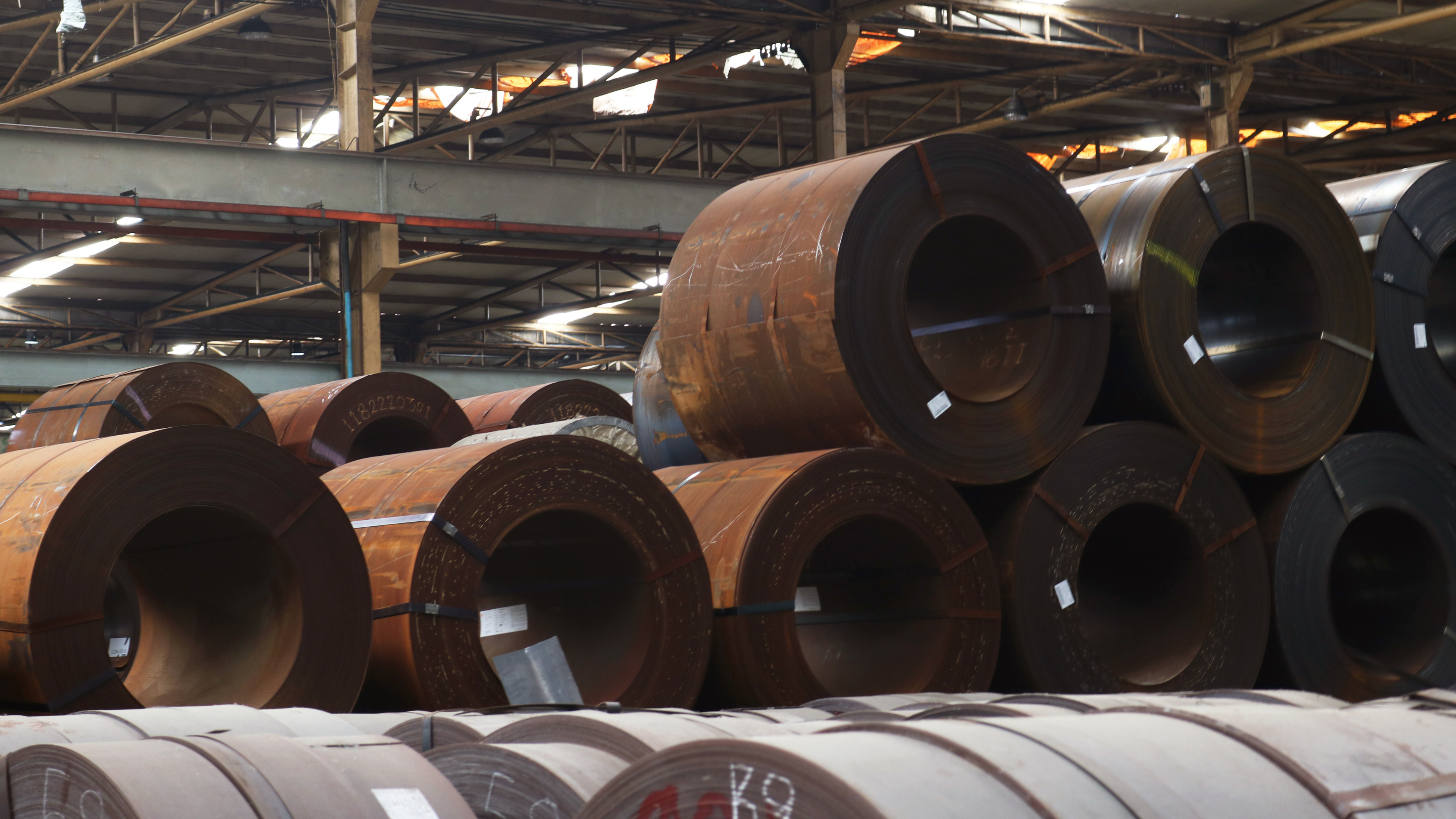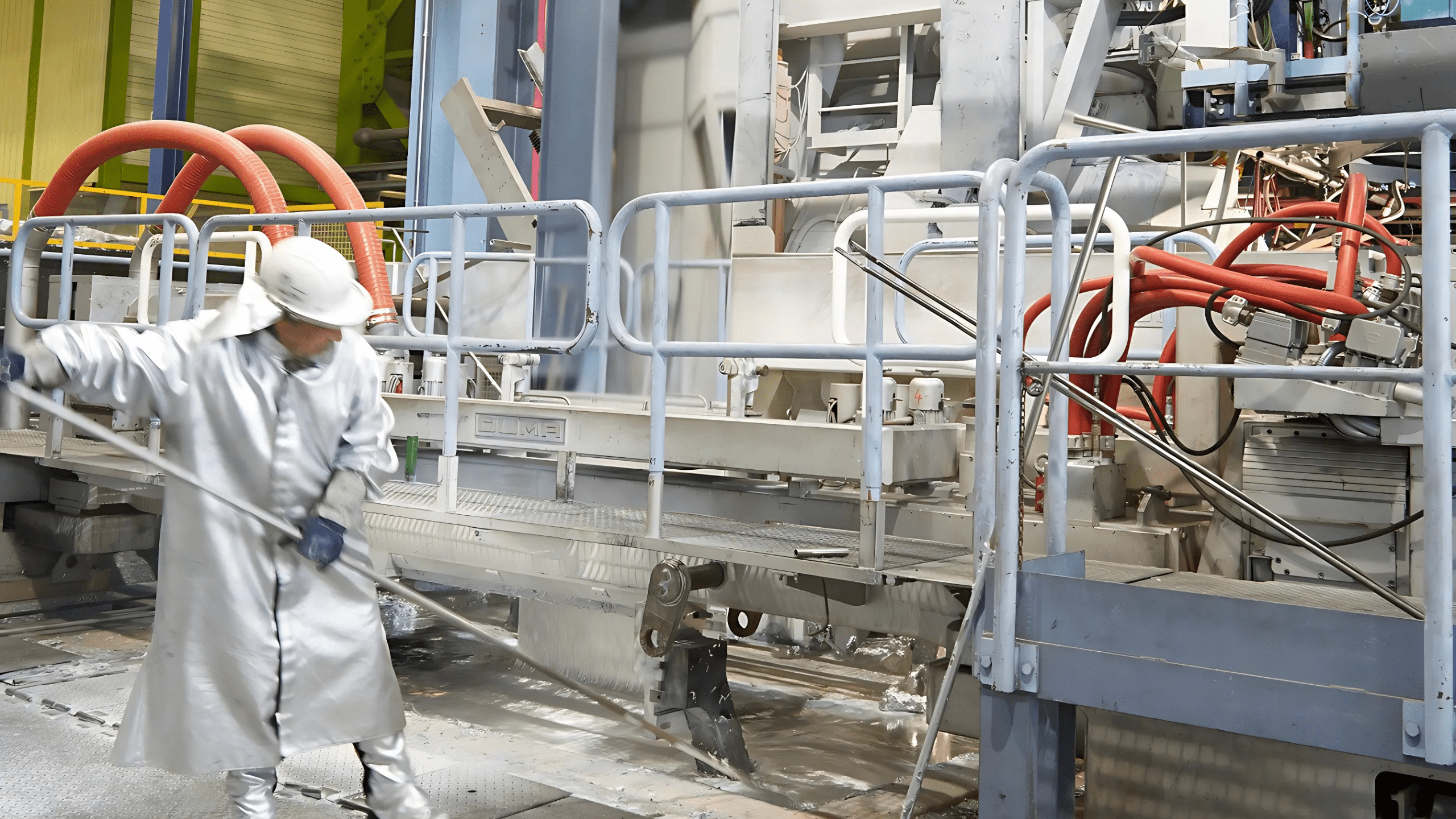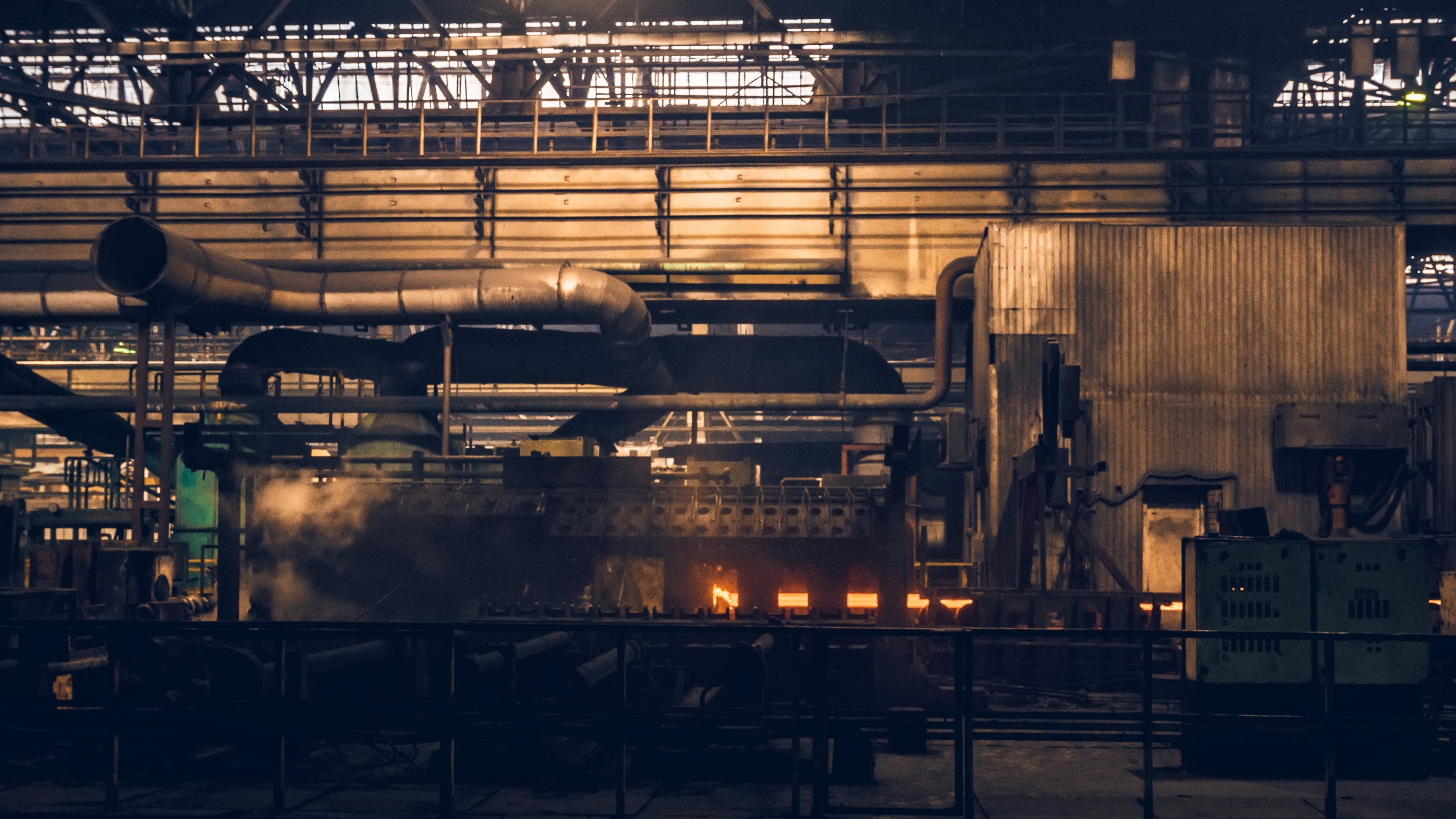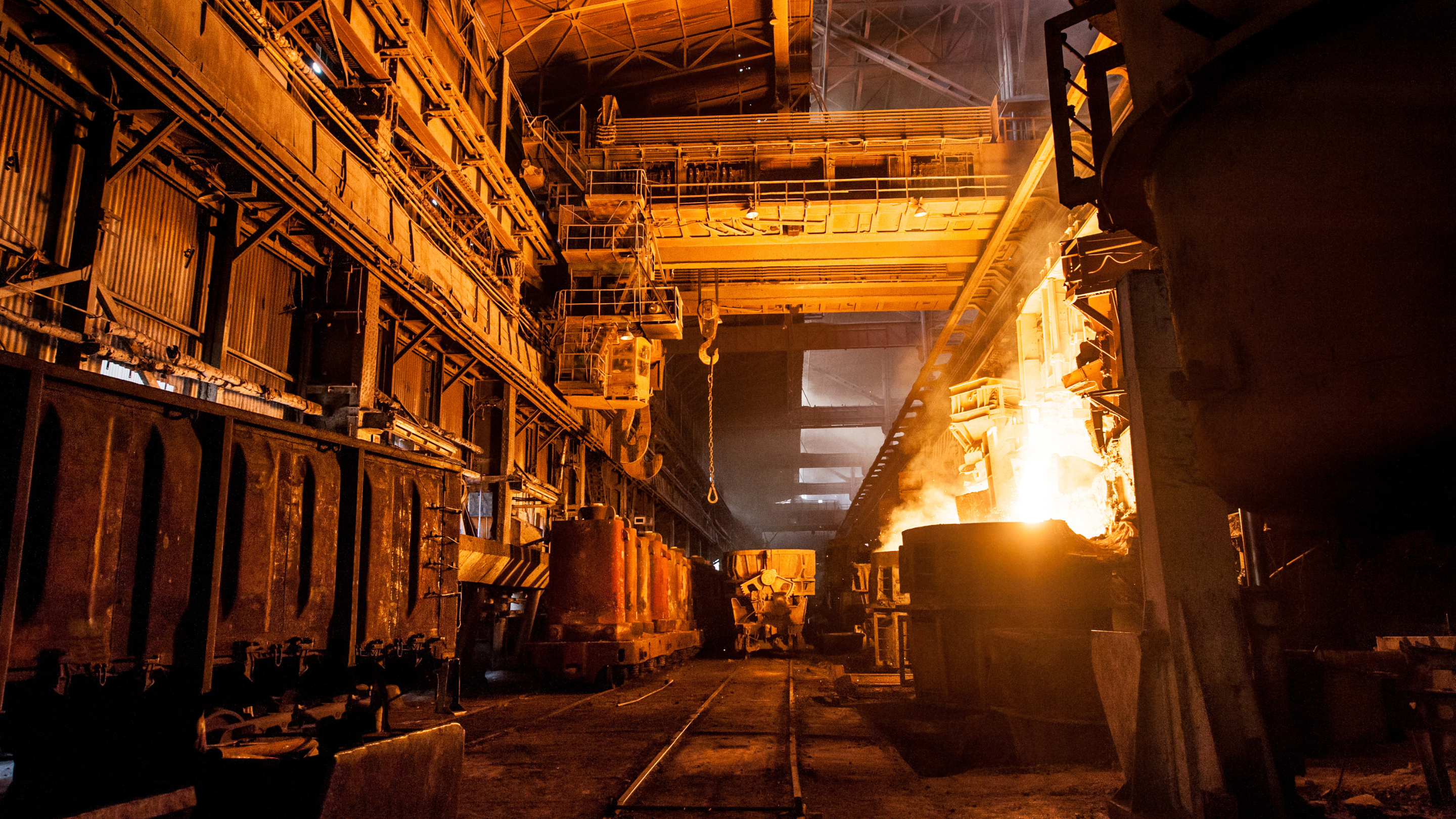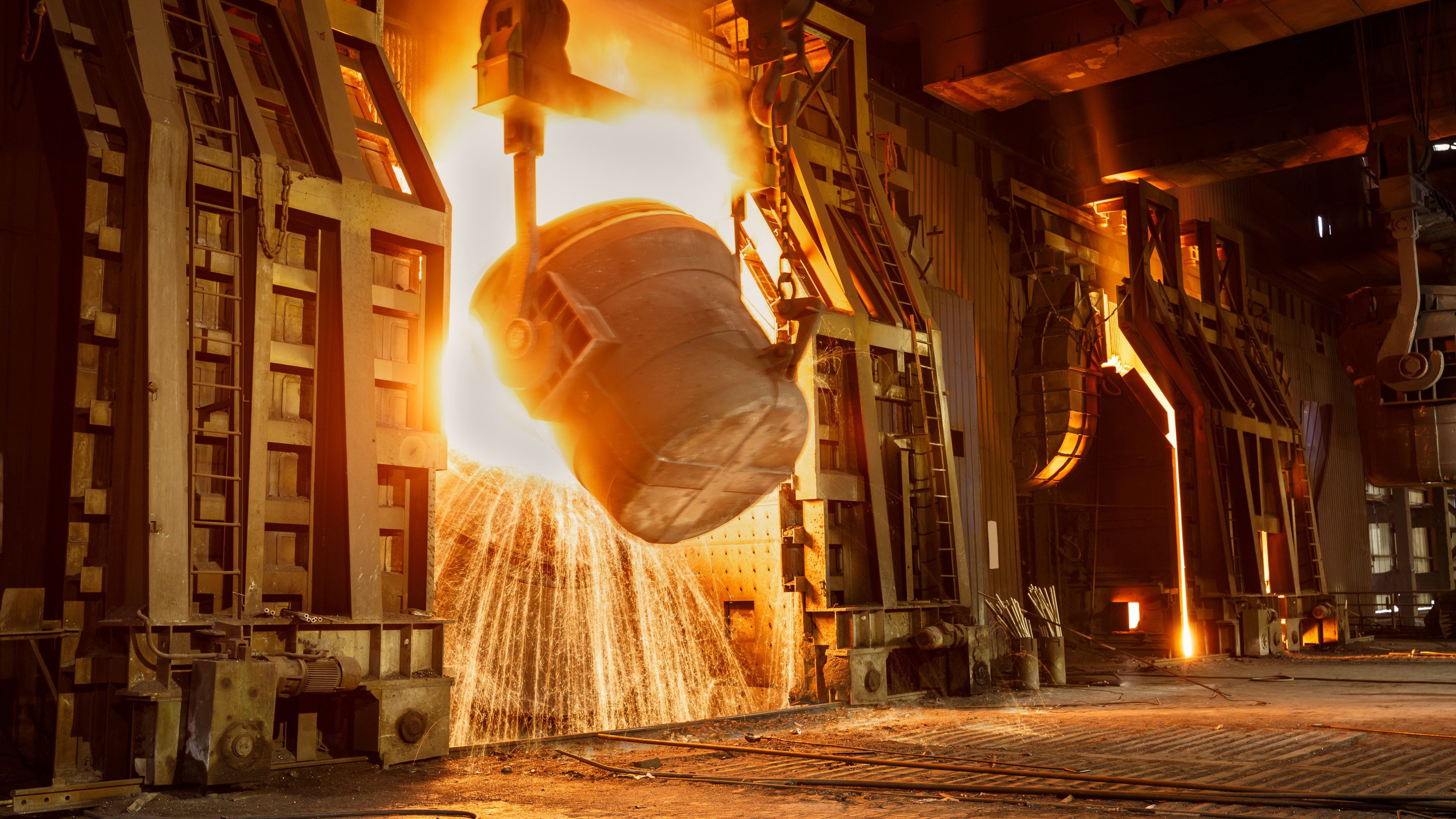Main Takeaways
- The MENA region, with an annual steel production capacity of 70 million tonnes, has substantial growth potential driven by infrastructure expansion and economic diversification efforts.
- The region is shifting towards more advanced steel production technologies, such as Electric Arc Furnace (EAF) operations, to meet increasing local demand and improve cost efficiency.
- The transition to advanced steel production methods presents technical challenges and requires significant investment in workforce development.
Key Players in MENA Steel Production
The Middle East and North Africa (MENA) region holds a significant impact on the global economy and trade, thanks to its strategic geographical location and abundance of natural resources. Despite a moderate cumulative steel production capacity of 70 million tonnes annually as of 20231, the region represents one of the few areas with substantial steel production growth potentials. This growth is driven by infrastructure expansion and economic diversification initiatives aimed at reducing dependency on oil and gas.
Steel production in MENA is primarily concentrated in four countries, which collectively account for 70% of the region’s output. Iran, Egypt, Saudi Arabia, and the UAE producing a total of 50 million tonnes of crude steel in 20231. Relative to the world’s crude steel production (1.8 billion tonnes), this moderate capacity is forecast to have a positive future upward trend in steel production.
Figure 1: Annual steel production of MENA countries. Mt: Million tonnes. GCC: Gulf Cooperation Council
Source: worldsteel.org
Future Trends and Growth Projections
According to the World Steel Association, both the Gulf Cooperation Council (GCC) countries and North Africa are expected to experience significant year-on-year increases in steel demand. The GCC and North Africa are both projected to see an average 6% (21 million tonnes) and 4% increase in the year-on-year demand for steel semi-finished and finished products in 2024 and 2025 (Figure 2), respectively2.
Notably, the GCC had already experienced a 12% rise in steel production in the first quarter of 2024. Furthermore, Saudi Arabia’s steel production increased by 9% year-on-year in the first quarter of 2024, driven by a local construction boom and government infrastructure projects3. In North Africa, Egypt saw a remarkable 14.7% increase in steel production during the same period, attributed to improved economic conditions, better access to hard currency, and increased investments in national projects3.
Figure 2: Year-on-Year MENA Steel Demand Forecast. Mt: Million tonnes.
Source: worldsteel.org
Import Trends and Local Demand
The increase in demand for steel products specifically in Egypt and broadly in the GCC region in the post-COVID period was supported by a steady rise in the net steel imports (imports minus exports). In 2023, the total net imports of semi-finished and finished steel products to Egypt and GCC countries were around 20 million tonnes4,5 (Figure 3). This growing local demand for steel is expected to be met by the installations of new Electric Arc Furnace (EAF) based plants, fed by imported scrap and Direct Reduced Iron (DRI) raw materials6,7.
Marwan Almojil, executive commercial general manager at Saudi Basic Industries Corp (SABIC/Hadeed), emphasised the need for cost efficiency and product differentiation at the Fastmarkets’ Middle East Iron & Steel Conference in Dubai 2023, stating,

This growth initiative aims to enhance cost efficiency and diversification of product offerings from the MENA’s steel sector. Essar Group conglomerate has recently announced the intention to build a new green-field low-carbon based DRI/EAF plant in the Eastern Region of Saudi Arabia with a capacity of 4.5 million tons per year, boosting the region’s supply for carbon construction and automotive grade flat-coated products8. This development aligns with the broader trend of increasing steel production capacity in MENA, emphasising sustainability and technological advancement, and further solidifying the region’s position in the global steel industry.
Figure 3: MENA Net Imports (Imports – Exports) of Steel Semi-finished and Finished Products. Mt: Million tonnes.
Source: worldsteel.org
Technical Challenges and Workforce Development
The transition towards increased domestic production via DRI/scrap-EAF based process will place significant demands on technical expertise and workforce development. Currently, a large proportion of steel produced in the MENA region is still produced by small to medium-sized plants using Induction Furnaces (IF).
Electric Arc Furnaces (EAF) and Induction Furnaces (IF) differ significantly in their operational processes. EAFs use electrical energy to generate an arc between electrodes and the metal, melting the scrap at very high temperatures. In contrast, IFs use electromagnetic induction to heat and melt the steel charge, relying on a coil carrying alternating current.
EAFs are highly flexible and suitable for large-scale production, relying on high voltage and current electrical supply from national grids. Conversely, IFs are typically limited to smaller-scale operations, easier to control, and require minimal input from national power grids, with sources claiming IF operating on electrical generators9. Currently, there is limited data available that precisely distinguishes between the proportions of IF and EAF processes used by steel plants in the MENA region.
Transition and Skill Development
Increasing MENA’s steel production capacity will require a shift towards Electric Arc Furnace (EAF) operations to enable large-scale production and diversify product offerings. Currently, the region’s steel industry predominantly uses Induction Furnace (IF) technology, which presents a significant skills gap in EAF operations. Bridging this gap is essential for the successful expansion of the steel industry to support the region’s economic diversification away from an oil and gas-dependent economy.
In conclusion, the MENA region is on the cusp of a significant increase in steel production, driven by economic diversification and infrastructure projects. Overcoming technical challenges and investing in workforce development will be essential to realising this potential and establishing the region as a sustainable player in the global steel industry.
Find out how Steel Hub can support your business with optimising steel production by IF and EAF production routes.
_______________________________________________________________________________________________________________________
References:
Worldsteel association. Worldsteel 103 – World Crude Steel Production. (2023).
Worldsteel Association. Worldsteel Short Range Outlook 2024 Summary Table. (2024).
Fastmarkets. International ferrous scrap webinar. Webinar https://www.fastmarkets.com/webinars/international-ferrous-scrap-webinar-video/?utm_medium=Email&utm_term=Metals&utm_source=FM.com&utm_campaign=international-ferrous-scrap-webinar&utm_content=textlink&mkt_tok=OTMwLVlTTi0zNDIAAAGTEXCr4MUBuaynLxo-DX5v-74aFKG5USxCarUoe9t6nsBiKmEaaRAOCIZzNu1N9AA3yJpRur1zomfG0h4__M1vgCqlho8o0aAB92kkVGEIoLc (2024).
Worldsteel Association. Steel Statistical Yearbook 2023 A Cross-Section of Steel Industry Statistics 2013-2022.
Worldsteel association. 2024 World Steel in Figures.
Fastmarkets & Serife Durmus. Gulf states entering ‘golden age of steel’ – MEIS 2022. https://www.fastmarkets.com/insights/gulf-states-entering-golden-age-of-steel-meis-2022/ (2022).
Fastmarkets, Julia Bolotova & Serife Durmus. MENA Region Has Potential to Become Leading ‘Green Steel’ Hub. https://www.fastmarkets.com/insights/mena-region-has-potential-to-become-leading-green-steel-hub/ (2023).
Salma El Wardany & Ben Bartenstein. Essar to Start Work on $4 Billion Saudi Steel Plant From 2024. Bloomberg (2023).
Chaabet, M. & Dötsch, E. Steelmaking Based on Inductive Melting – Induction Technology. (2012).
_______________________________________________________________________________________________________________________
Authors:
Dr. Yasser Aboura Senior Project Manager
Emilio Riva Managing Director Steel Hub Group
Steel Hub, founded in 2016, is a technical consultancy specialising in offering customised solutions for the steel industry. We work together with our clients to deliver practical solutions to their company achieving optimised plant performance and long-term value, we proceed by engaging our diverse team of technical consultants, who are equipped to address every need.
